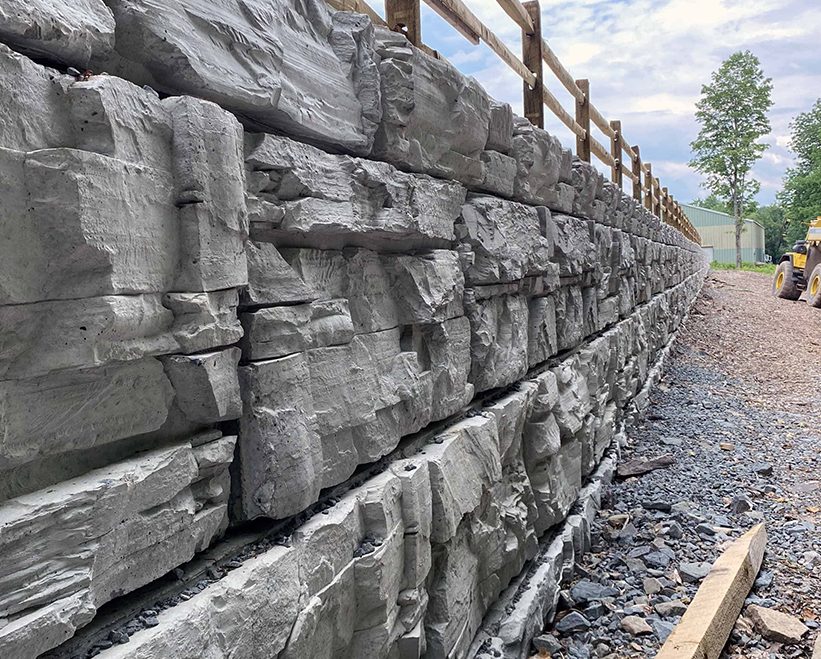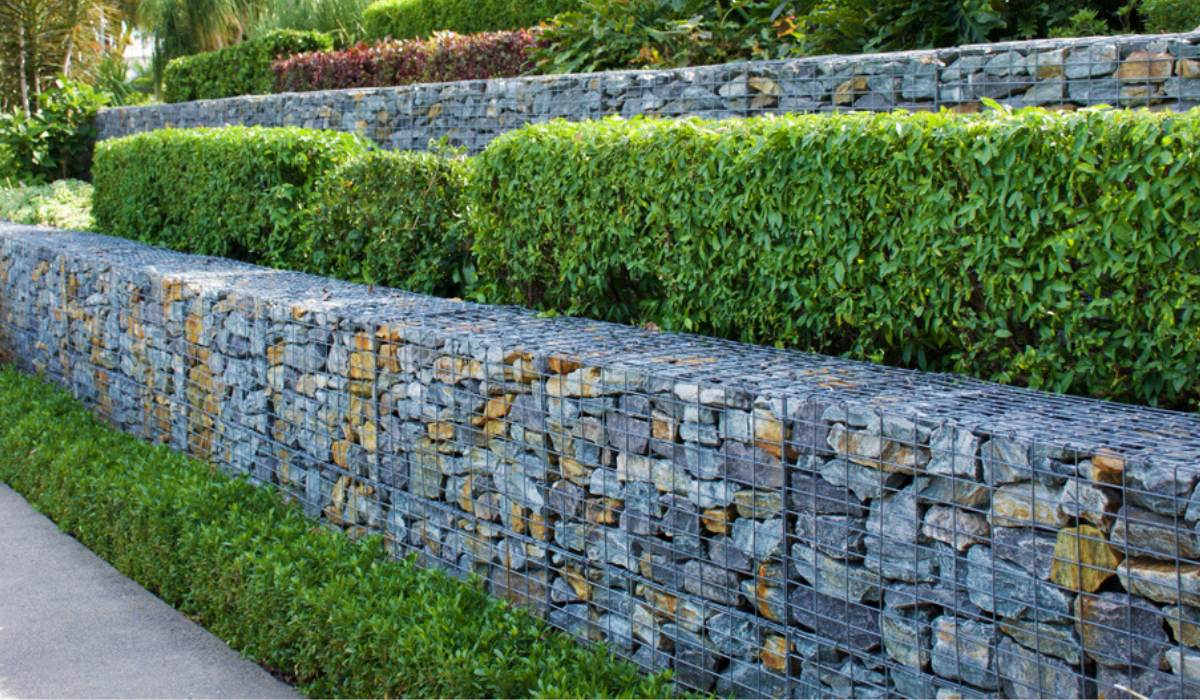
Content
- Popular Types of Wood used in the Construction Industry - FLETCHERS RETAINING WALLS
- Why You Should Consider A Two-In-One Landscape Design - RETAINING WALLS ADELAIDE
- View Our Retaining Wall Inspiration Gallery - SA
- Retaining Walls Provide Stability - RETAINING WALLS ADELAIDE
- Retaining Walls - FLETCHERS RETAINING WALLS
Popular Types of Wood used in the Construction Industry - FLETCHERS RETAINING WALLS
Preserving wall surfaces are structures built to hold back soil, rock, or other materials as well as avoid them from wearing down or breaking down. They are commonly utilized in landscaping and also construction to produce level locations, stop landslides, and also provide security to sloping surface. Keeping walls can be constructed from numerous materials, such as concrete, rock, block, or wood, and come in different design and styles. In this short article, we will talk about the benefits of retaining walls, the different types of keeping walls, and the factors to think about when building a keeping wall. Advantages of Preserving Wall surfaces: Maintaining walls supply a number of benefits, consisting of: Stop soil erosion: Retaining wall surfaces hold back dirt and stop it from eroding or falling down, which can secure the surrounding environment and also avoid damages to residential or commercial property. Develop level locations: Retaining walls can be used to produce degree areas on sloping surface, giving added usable area for landscape design or construction.
Enhance landscape layout: Retaining walls can include aesthetic interest as well as measurement to a landscape, creating chances for growing or attractive features. Decrease upkeep: Preserving walls can help reduce upkeep by protecting against soil erosion as well as shielding the surrounding landscape from damage. Offer security: Preserving wall surfaces can provide security to sloping surface, preventing landslides or other dirt movements that can be dangerous or harmful. Types of Retaining Wall Surfaces: There are numerous sorts of retaining walls, each with its distinct functions as well as advantages. The most typical kinds of maintaining wall surfaces are: Gravity Preserving Wall Surfaces: Gravity retaining walls rely on their weight and the weight of the material they hold back to offer stability. They are made of heavy materials, such as concrete, stone, or brick, and are usually broader at the base than on top to supply extra stability.
- Second, erosion can present safety concerns on steep slopes where rushing water may actually impede traffic or even destroy the land.
- A retaining wall can designate a shift of function within an outdoor feature such as a patio.
- By using a retaining wall near a border or slope, you provide leveled surfaces on inclined planes.
- Well-designed brick retaining wall can serve dual purpose – it can provide an outer shelf for plants and can also be utilized for picnic supplies or yard games.
- Such walls intensify an aesthetic appeal to the structure and its surrounding.
- Erosion is particularly concerning in areas without trees or shrubs extending their roots into the soil.
- Depending on the slope and grade of a landscape, water may pool and even flood certain areas.
- This makes retaining walls all the more important, especially if your landscape does not feature a lot of trees and shrubs to hold the soil in place.
- Regardless of materials, retaining walls achieve the result of creating terracing in a sloped area and holding soil in place.
- There are a number of benefits to having a retaining wall, ranging from reducing soil erosion to increasing your property value.
- We are a local and family-owned landscaping company offering a variety of landscape services, from new installations and complete renovations, to simple improvements.
- We have the resources, experience, and expertise to help you create and maintain your property in excellent condition.

Cantilever Retaining Walls: Cantilever preserving wall surfaces utilize an enhanced concrete piece or beam of light to hold back the material they sustain. They are made to move the weight of the product to a solid footing, developing a counterbalance to the product's weight. Sheet Stack Keeping Walls: Sheet pile preserving wall surfaces utilize interlocking steel, concrete, or wood sheets to keep back the product they support. They are frequently used in locations with minimal area or where excavation is challenging. Anchored Preserving Wall Surfaces: Anchored maintaining wall surfaces utilize cables or rods anchored to the product they sustain to supply extra stability. They are commonly made use of in locations with high dirt stress or where the product being sustained is particularly hefty.
View Our Retaining Wall Inspiration Gallery - RETAINING WALLS ADELAIDE
Factors to Consider When Building a Retaining Wall: When constructing a maintaining wall, numerous aspects require to be thought about to ensure its stability and also long life. One of the most important elements to consider include: Dirt Problems: The soil conditions, such as the type of dirt, moisture web content, and also dirt stress, can impact the style as well as building of a maintaining wall. The soil should be tested before building and construction to make certain that the preserving wall surface is developed to stand up to the pressure and weight of the product being kept back. Drainage: Correct drain is essential to stop water from accumulating behind the preserving wall, which can trigger it to fall short. A drain system, such as a perforated pipeline, ought to be mounted to allow water to stream openly away from the maintaining wall.

Height: The elevation of the retaining wall is a vital factor to think about, as taller wall surfaces require more significant construction as well as added support to prevent failing. A professional engineer ought to be gotten in touch with when building a maintaining wall surface over 4 feet tall. Material: The product made use of to create the keeping wall can impact its security, resilience, as well as look. The product needs to be chosen based on the atmosphere, the product being kept back, and also the wanted aesthetic. Style: The layout of the retaining wall ought to take into consideration the surrounding setting. Prevent Soil Erosion: One of the main advantages of preserving wall surfaces is their capacity to stop dirt disintegration. They hold back soil and prevent it from eroding or collapsing, which can safeguard the surrounding atmosphere as well as stop damages to property. Keeping walls also prevent water runoff from washing away the soil, which can cause significant damage to the landscape. Create Usable Space: Retaining wall surfaces can develop added useful room on sloping surface. They can be made use of to level out a sloping backyard, producing a flat area for outdoor activities such as barbecues, exterior eating, or horticulture. Get the facts Maintaining walls can likewise be used to create terraced yards or to sustain an outdoor patio or deck, supplying extra space for relaxation and also amusement.